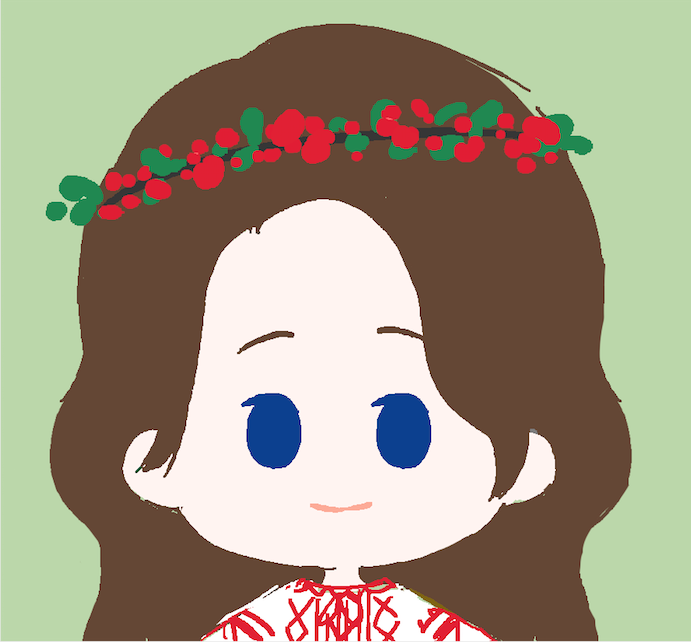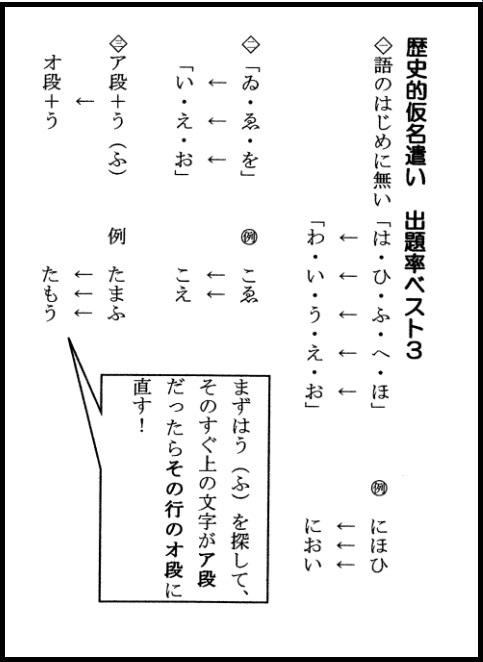In post-war Japan, kana orthography was also reformed. This reform was the easiest of all the reforms related to writing: today the old, historical writings of kana can be found only in traditional texts such as poems or as individual deviations from the norm, as well as in reprints of ancient books.
What are ゐ (ヰ) and ゑ (ヱ) ?

1) Here the changes in general consisted in the fact that the traditional etymological principle of spelling (旧仮名遣い/kyukanazukai/) was replaced by the phonological one (新仮名遣い/shinkanazukai/) and compiled into the gojuon system. Gojuon (五十音, "fifty sounds") is a system of ordering the letters of the Japanese syllabic kana alphabets, established in the modern Japanese language. It has the form of a table. Rows of 5 vowels act as horizontal coordinates, and consonants act as vertical coordinates.
2) Also the letters ゐ (ヰ) and ゑ (ヱ) were removed from both kana alphabets (hiragana and katakana), because their modern pronunciation coincides with the pronunciation of the letters い(イ) /i/ and え(エ) /e/. The modern kana spelling system has been in existence since 1986 and has the same general name — 現代仮名遣い/gendai-kanazukai/.
Have you seen ゐ (ヰ) or ゑ (ヱ) in practical use? Share in the comments!


